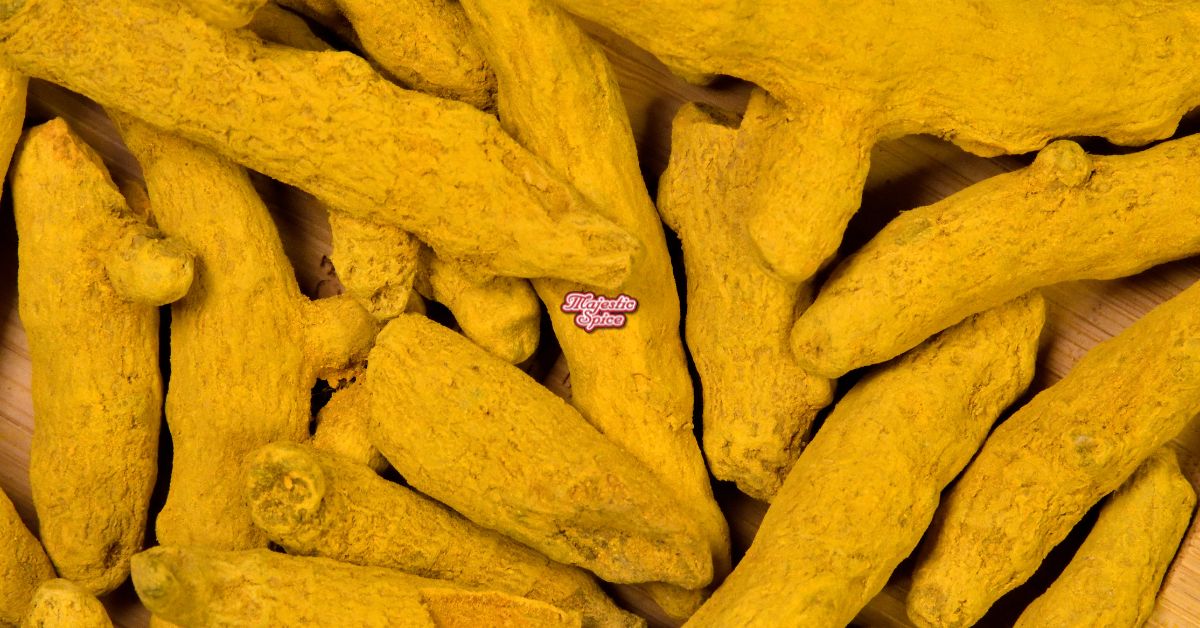
The turmeric trade has been caught in the middle of the escalating tariff dispute between Washington and New Delhi. With import duties now doubled to as high as 50%, shipments from India, the world’s main supplier, are losing pace.
Turmeric in the Crosshairs
Turmeric exports to the U.S. typically account for a significant share of India’s spice trade. The new duties have disrupted contracts, delayed shipments, and forced many exporters to reconsider pricing structures. Buyers in the U.S. are already seeing higher costs at the port, with some consignments held back until markets adjust.
Strain on Importers
Importers and distributors face a difficult choice: either absorb part of the tariff hit or increase prices for manufacturers, food processors, and retailers. For companies relying on turmeric for supplements, wellness products, and seasoning blends, the cost shift is becoming harder to ignore.
Searching for Alternatives
While other origins, such as Myanmar, Vietnam, or Indonesia, may help fill shortfalls, India’s dominance in turmeric production makes substitution only partial. The differences in curcumin content, quality grades, and processing standards add further complications for buyers.
Wider Spice Market Concerns
Turmeric is not the only casualty. Cumin, chili powders, and coriander are also affected by the same tariff measures. These increases come at a time when global logistics remain fragile, compounding concerns about supply reliability and overall pricing.
Outlook
If tariffs remain unchanged through the remainder of the year, U.S. turmeric prices are expected to rise steadily, with specialty grades becoming harder to source. Importers may accelerate diversification efforts, but the adjustment will not be immediate. Until then, the trade is bracing for a more expensive and uncertain buying season.
